Ninja swords: Keir Starmer yesterday announced that ninja swords would be banned in the UK this summer, as part of pledges Labour made in opposition to crack down on the sales of lethal weapons.
Our poll today finds that 71% of Britons back the ninja sword ban, including 58% who “strongly support” a ban on the possession, manufacture, import and sale of such weapons in the UK
Only 20% are opposed, with 18-24 year olds the most likely to say so, at 27%
The popularity of ninja swords, also known as ninjato or shinobi-katana, has been fueled by their portrayal in popular culture. In movies, video games, and anime, these swords are often depicted as powerful and versatile weapons that skilled warriors wield.
During WW2 Japanese propaganda relied on kokutai and bushido beliefs to convince the populace that they were in the right.
2.1. Ninja swords are already subject to the criminal law. At present there are offences that penalise the possession of a ninja sword in public without good reason. The onus is on the person suspected of this offence to set out the reason.
2.2. There are also offences to prevent the sale and supply of ninja swords to anyone under 18 years of age. The laws on sale and delivery of knives were subject to changes in the Offensive Weapons Act 2019 that updated legislation to take account of remote sales and delivery of parcels to homes.
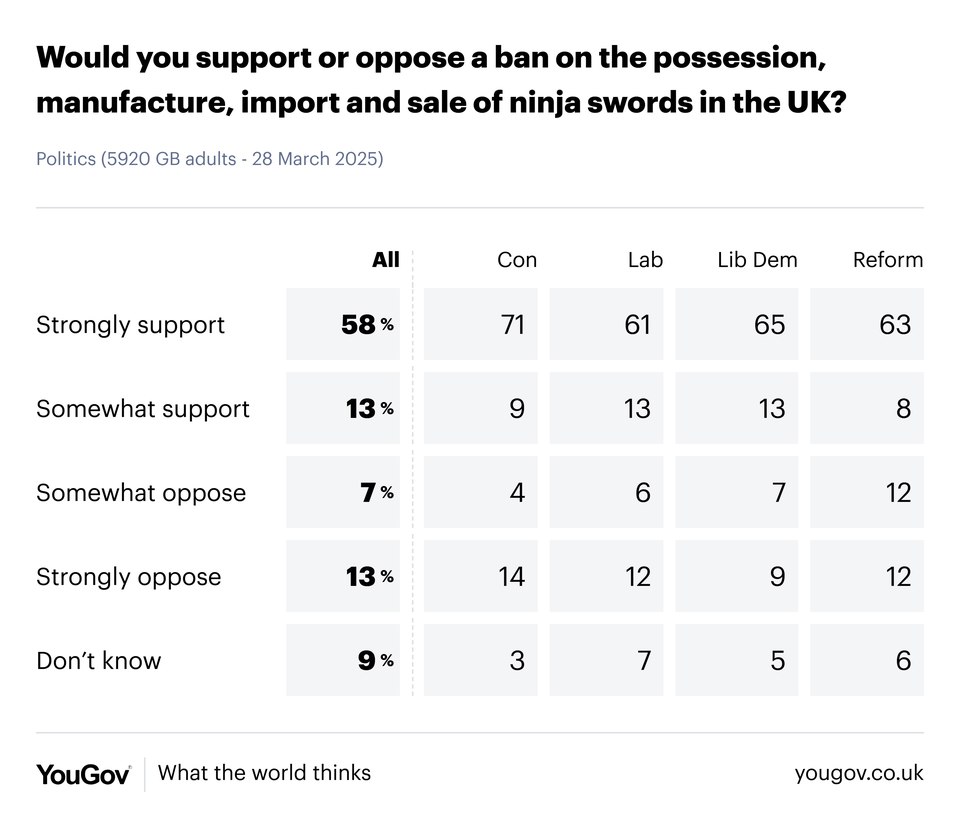 \
\
Banned under new zombie-style knife and machete legislation
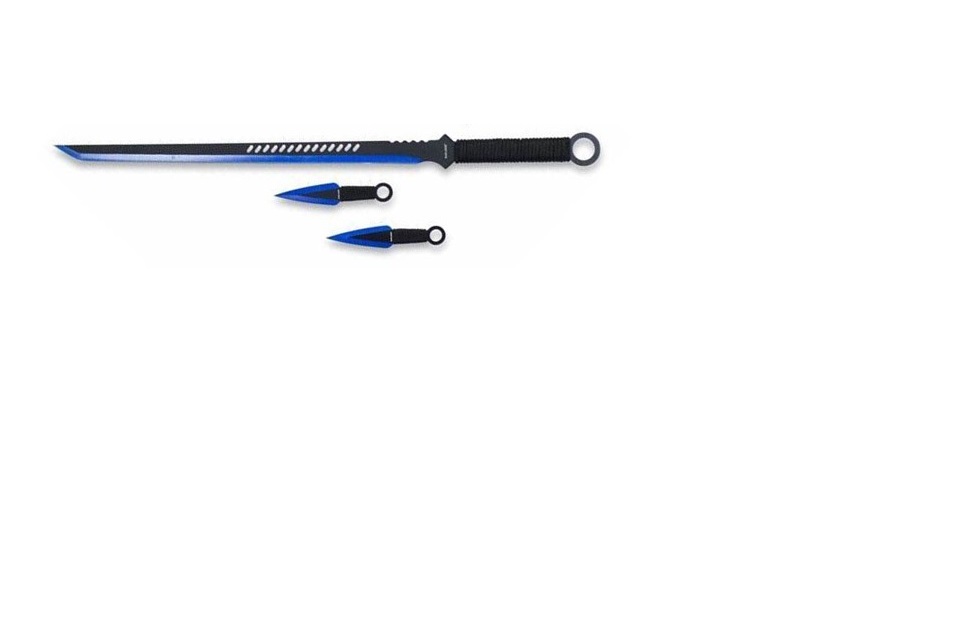
Blue ninja sword (18” blade). This example has been banned by the zombie-style knife and machete legislation.
(There are many other variations on the market in slightly different styles / colours etc. that will also fall under the zombie-style knife and machete ban)
Will be banned by proposed new ninja sword definition
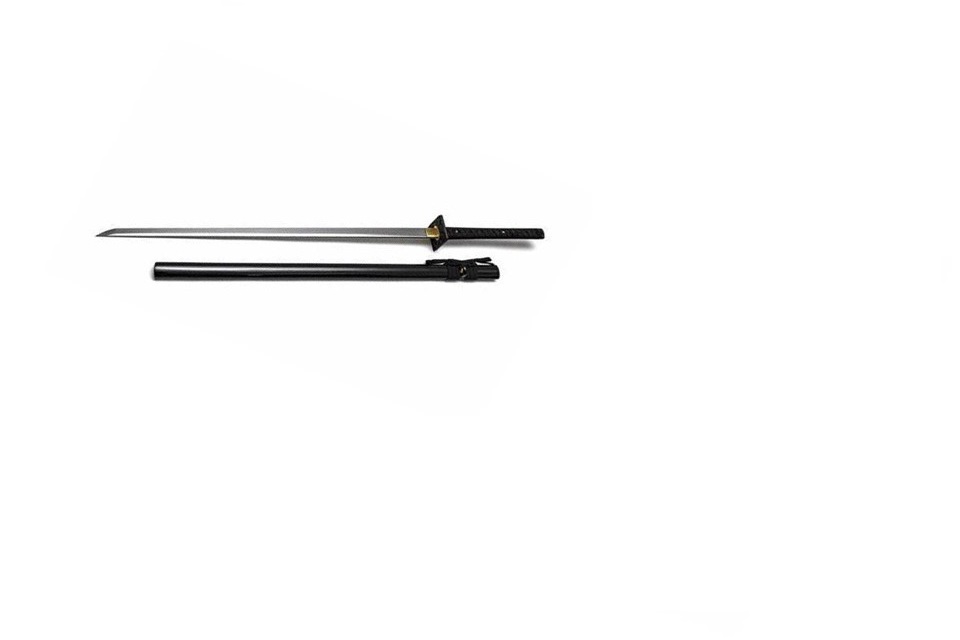
This is the most common ninja sword design. Typically, they have a short, straight, plain, single edged blade of varying length (most commonly in the 17”– 24” range). Designs such as this will be banned by our new definition.
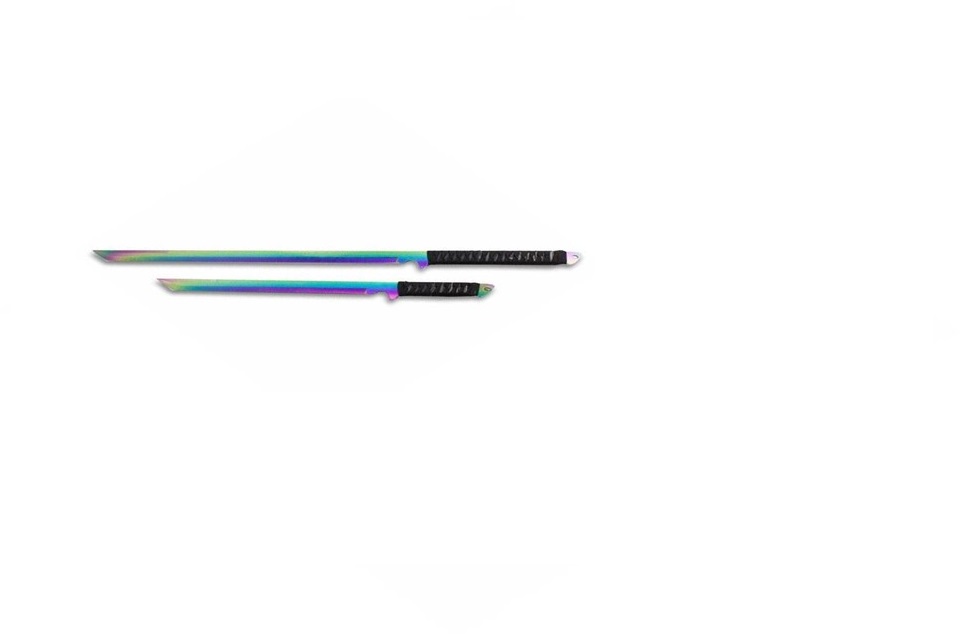
“Rainbow” ninja sword design (18.75” blade). This is similar to the sword that was used in the murder of Ronan Kanda and will be banned by our new definition.
Other items that will be banned by new ninja sword definition
We are aware that some specialised knives, such as the tuna knife below will be banned, as an unintended consequence, but shorter and longer tuna knives will remain available.
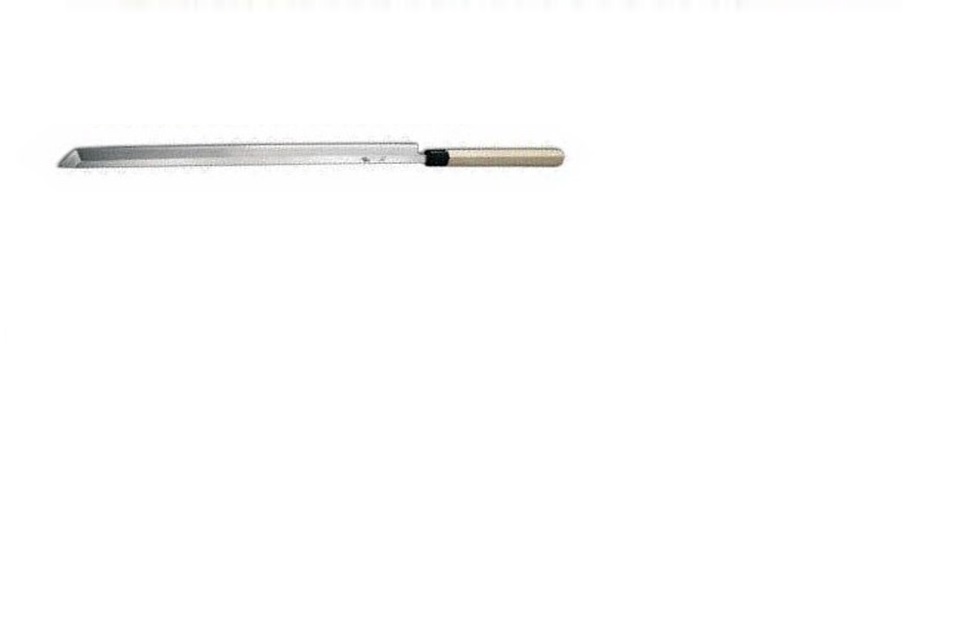
Maguro Bocho (Tuna Knife) (21” blade) – whilst examples between 14” and 24” will be prohibited shorter or larger examples will still be permitted.
Kitchen knives that will not be banned by the new definition
There are a number of kitchen knives with long blades which we do not intend to ban. This is why our definition of a ninja sword starts at 14” blade length and why we have set out the length range at 14-24 inches.
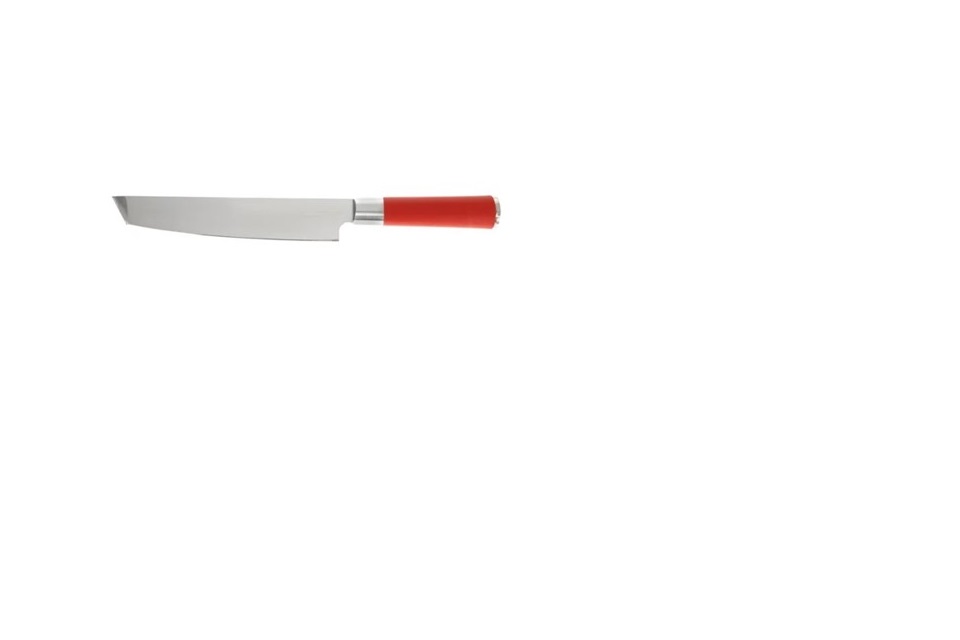
Kitchen knife (8” blade).
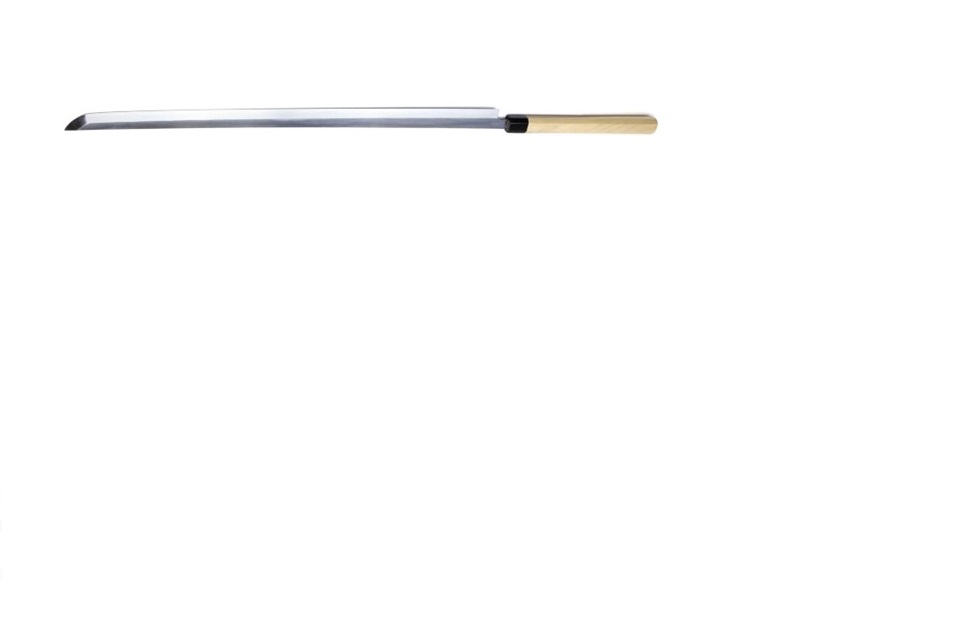
Maguro Bocho (Tuna Knife) (27.5” blade)
Straight swords that will not be banned by the new definition
There are a very large number of different styles of swords with straight or curved blades.
Modern functional copies of traditional swords are popular with collectors, martial artists (Historical European Martial Arts – HEMA) re-enactors, for ceremonial use (weddings etc) and sometimes for religious reasons.
There are also straight swords which are used for sports such as fencing.
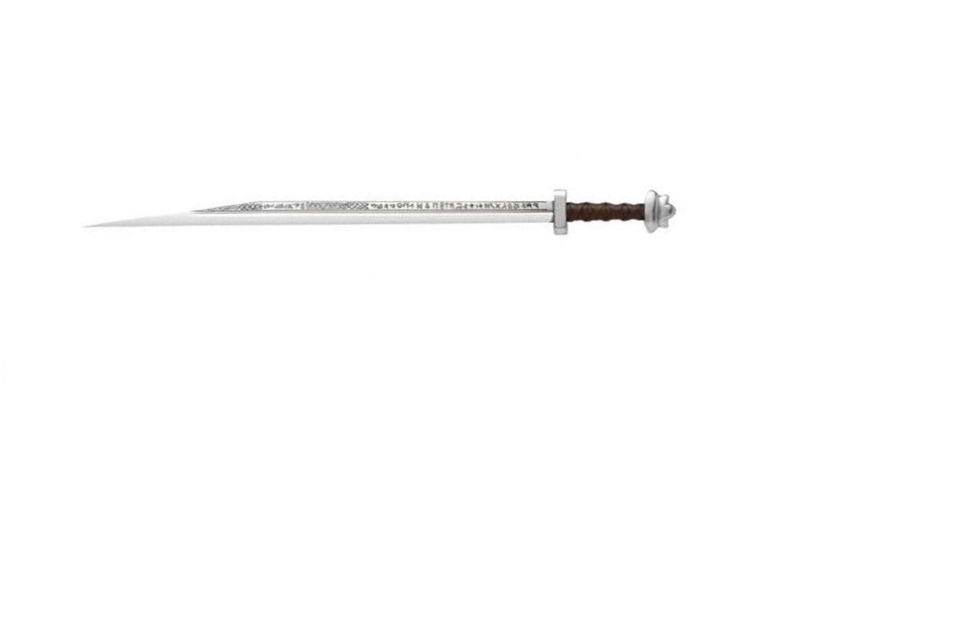
Seax (23” blade).
This is an example of a typical Seax sword. The point is similar to the tanto point, however, it would not meet the criteria we are proposing for ninja swords because the straight line at the tip is not roughly the width of the blade.
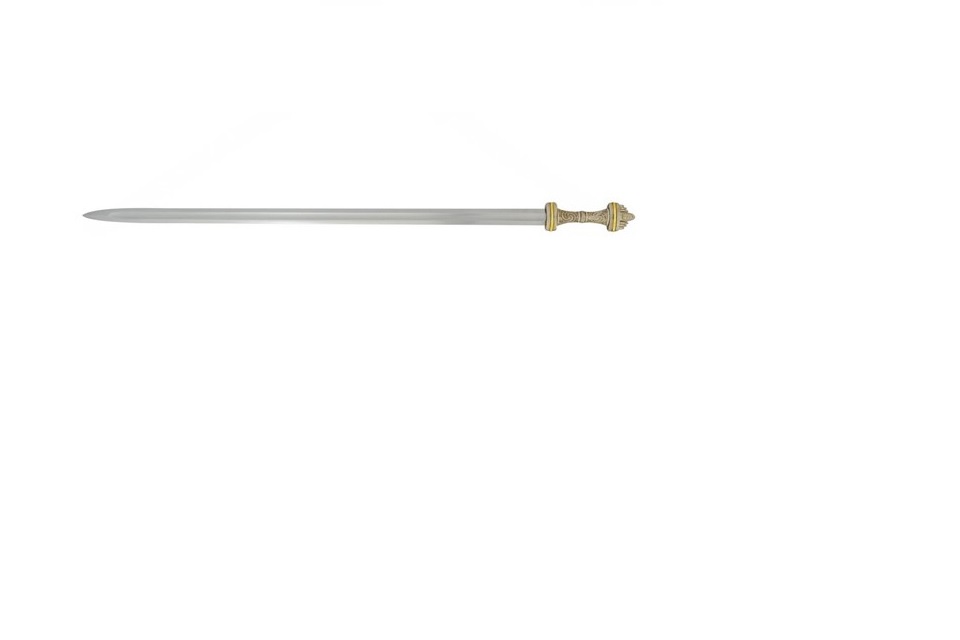
Anglo Saxon sword (31” blade).
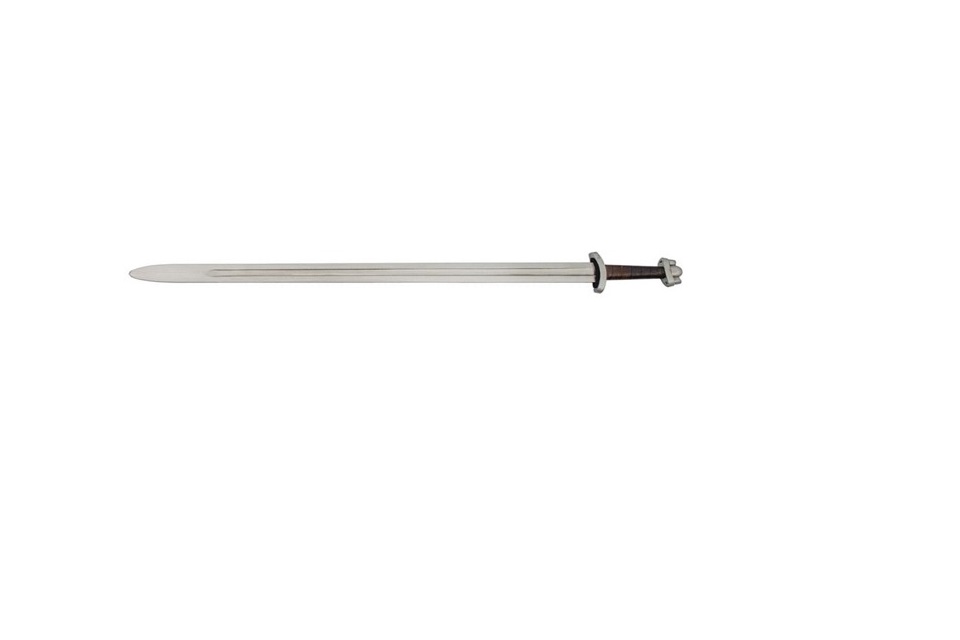
Viking sword (24” blade).


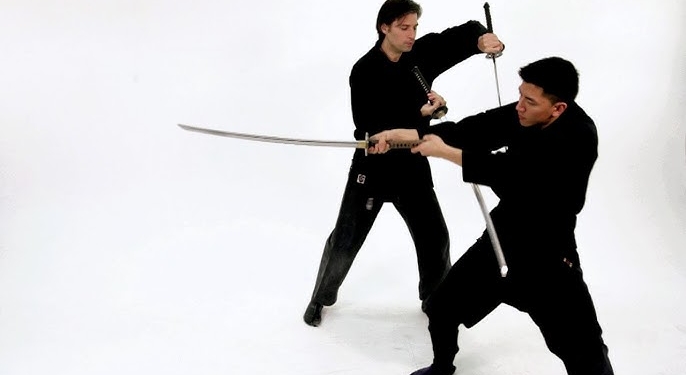





























Discussion about this post